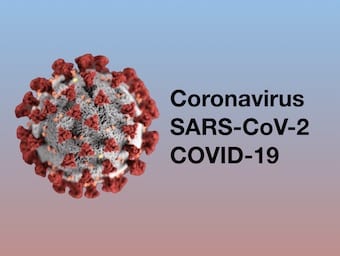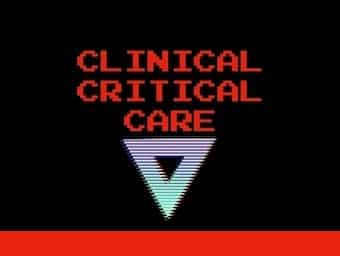
Should we put multiple COVID-19 patients on a single ventilator?
Prof Jack Iwashyna on the highly limited role of single ventilator / multiple patient workarounds in the COVID-19 epidemic.

Prof Jack Iwashyna on the highly limited role of single ventilator / multiple patient workarounds in the COVID-19 epidemic.

Today I had the opportunity to review a very nicely created Peri-intubation Action Card that was put together in short order by two anesthesiologists from Scope Anesthesia - Dr. Janish Patel and Dr. Kimberly Blasius.

A panel with the chairs of ILCOR discussing their two newest cardiac arrest protocols. Hosted by Scott Weingart.

Adam Rehak provides practical pearls about managing the unexpected difficult airway; emphasising the importance of effective teamwork with the Vortex approach and the DAS guidelines.

Review of the optimal intravenous fluid for different clinical scenarios. Discussion of the evidence and pros and cons of different intravenous fluids.

Who has won the seven year bet on video laryngoscopy versus the old Mac? Let's find out - with a little help from The Terminator.

Review of the latest evidence on Cardiac arrest resuscitation from ILCOR lead Gavin Perkins

Cliff Reid, Geoff Healy, and Chris Nickson discuss a fictionalised case from the Resuscitology course: "Oncology Patient in Resus", including airway management and failure of video laryngoscopy, and the challenges of resuscitation in the context of potentially terminal illness.

A quick update on the upcoming Resuscitology courses in Sydney and Melbourne in 2019.

Does your mind go blank at a code? “Whenever I turn up to a MET call, all I do is rule out six things." - the six true emergencies
'Shock... Do We Know It When We See It?' was a talk by Michelle Johnston at SMACC2013 - you can listen to the audio here and check out the background material and references. Enjoy!

The ACEM fellowship focuses on ARC guidelines for defibrillation. See this post for the current standards of practise and controversies.